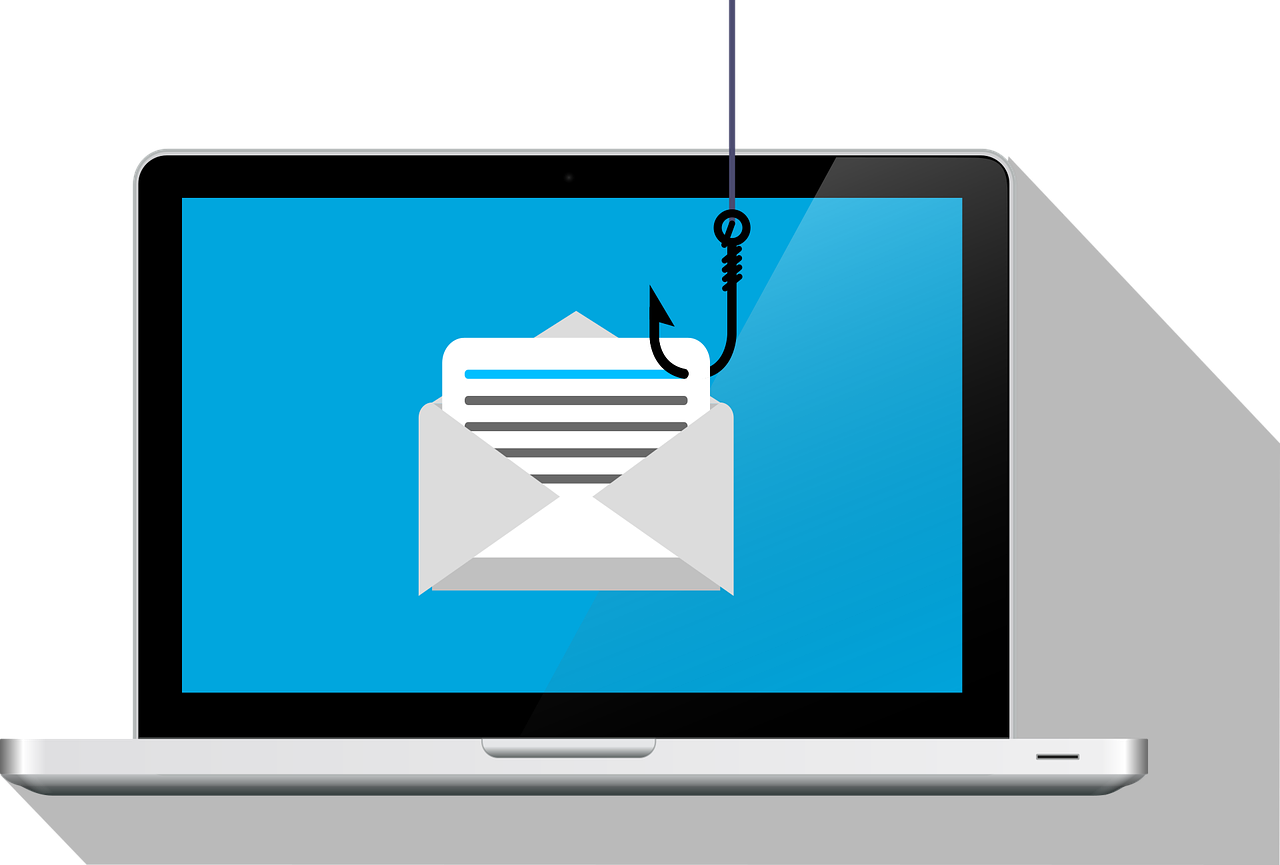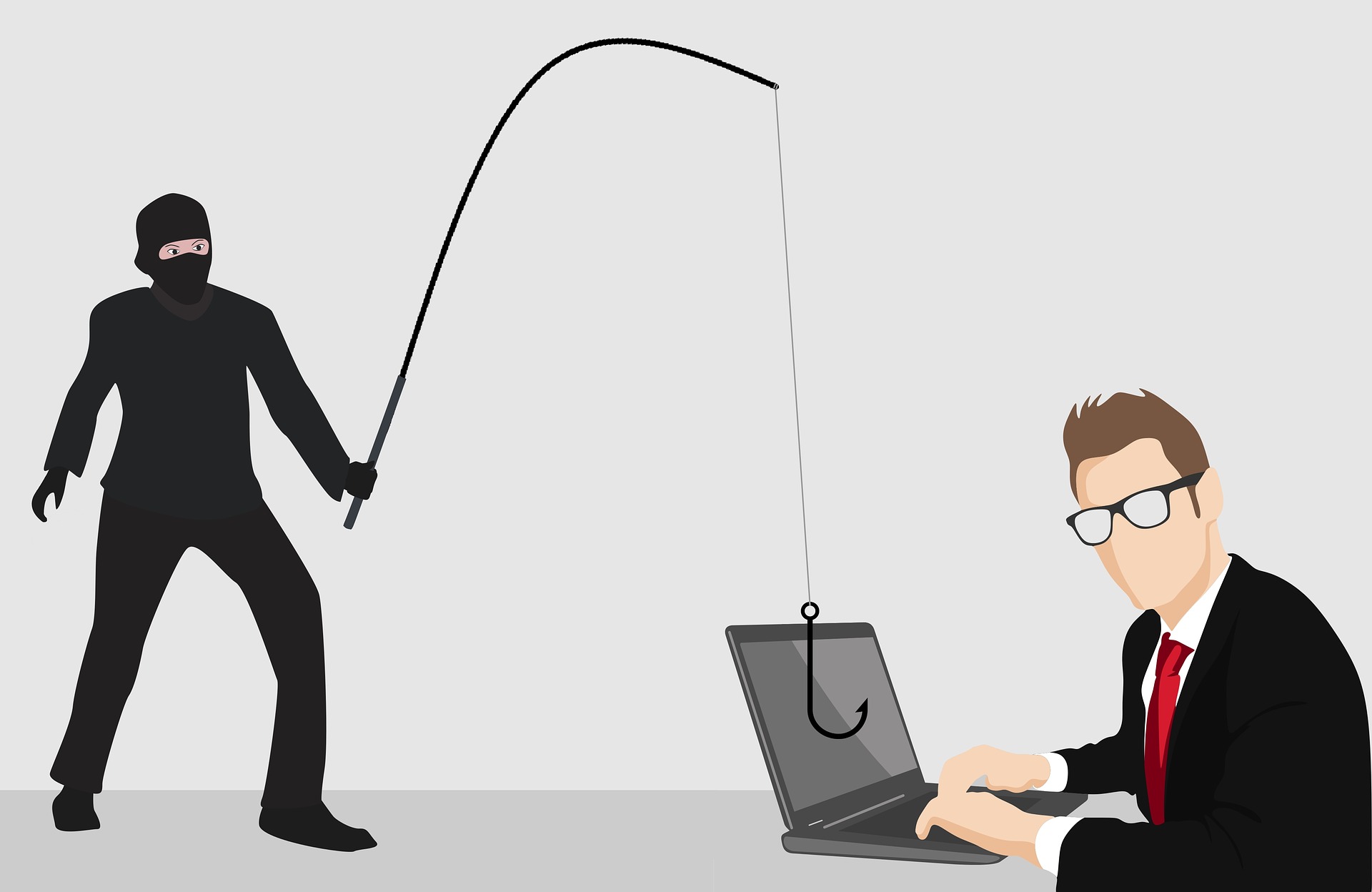
How Using the SLAM Method Can Improve Phishing Detection
There is a reason why phishing is usually at the top of the list for security awareness training. For the last decade or two, it has been the main delivery method for all types of attacks. Ransomware, credential theft, database breaches, and more launch via a phishing email. Why has phishing remained such a large […]



